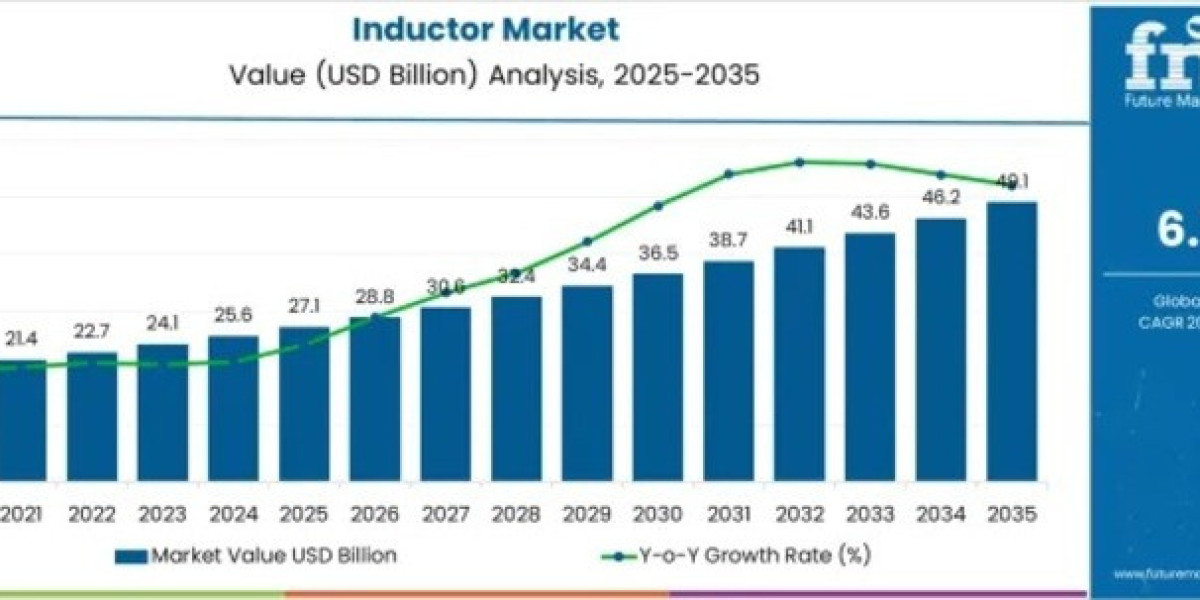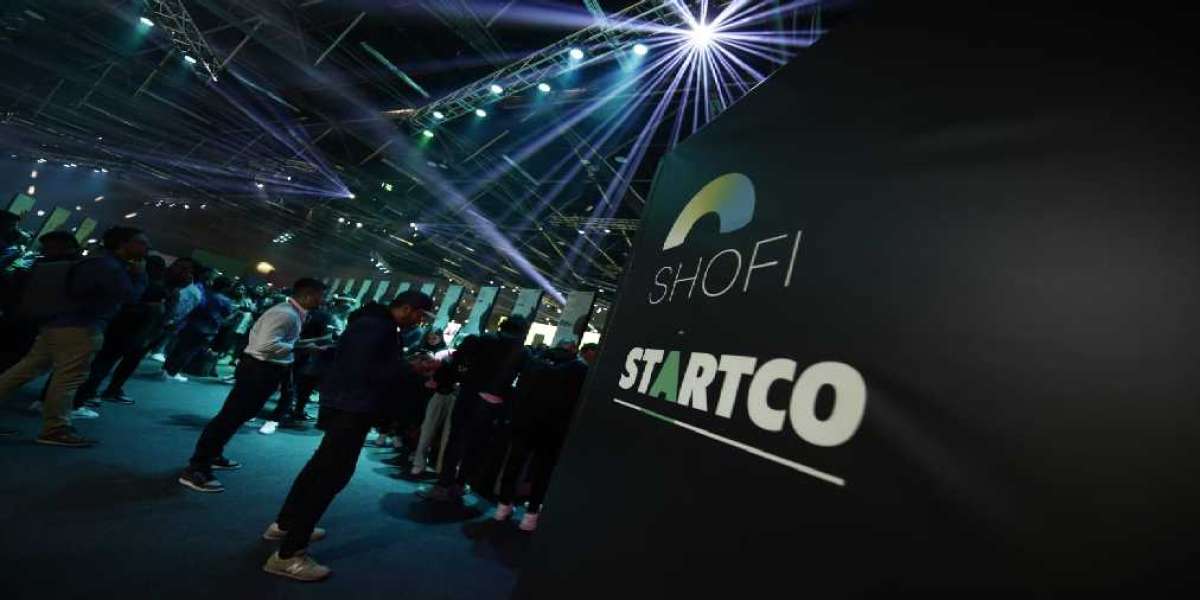The Inductor Market is entering a new phase of expansion as the demand for efficient power management and miniaturized electronic components continues to rise across industries. According to Future Market Insights (FMI), the global inductor market is poised for robust growth between 2025 and 2035, driven by the rapid adoption of electric vehicles (EVs), renewable energy systems, and consumer electronics innovations across Europe and globally.
Subscribe for Year-Round Insights → Stay ahead with quarterly and annual data updates
https://www.futuremarketinsights.com/reports/sample/rep-gb-15741
Across the European market, the rise of electric mobility, stringent energy regulations, and the push for sustainability are catalyzing the adoption of inductors in automotive powertrains, charging infrastructure, and inverters. The transition to clean energy has intensified the need for power inductors that support efficient voltage regulation and noise suppression in renewable energy systems.
Power Electronics and EV Boom Fuel Market Expansion
With the global EV market projected to exceed 200 million units by 2030, inductors are becoming essential components for battery management systems, DC-DC converters, and onboard chargers. This surge is creating significant opportunities for manufacturers to deliver compact, high-temperature, and high-frequency inductors that meet the performance standards of next-generation vehicles.
In addition, the growing demand for consumer electronics—particularly smartphones, wearables, and IoT devices—continues to drive the miniaturization trend. Manufacturers are increasingly investing in ferrite and multilayer chip inductors designed to enhance energy efficiency while reducing space in compact electronic circuits.
Europe Leads in Advanced Power Applications
Europe’s commitment to decarbonization and energy independence is shaping a favorable environment for the inductor market. Countries such as Germany, France, and the UK are witnessing accelerated deployment of renewable energy solutions where inductors are integral to solar inverters, wind converters, and energy storage systems.
Furthermore, the integration of 5G infrastructure and smart industrial automation across Europe is propelling demand for high-performance inductors in telecommunication equipment and industrial controllers. This technological momentum is expected to sustain market expansion well into 2035.
Key Growth Drivers
- Electrification of Mobility: Electric and hybrid vehicles demand efficient inductors for stable power transfer and noise filtering.
- Renewable Energy Infrastructure: Inductors enable efficient energy conversion in solar and wind applications.
- Consumer Electronics Miniaturization: The shift toward smaller, high-performance devices is driving innovation in chip inductors.
- Telecom and 5G Growth: Rising bandwidth and high-speed connectivity requirements are spurring demand for precision inductors.
Emerging Trends Shaping the Market
Manufacturers are adopting automated production techniques and advanced materials such as powdered iron and metal composites to improve magnetic performance and thermal stability. The integration of AI-driven quality control and predictive maintenance in manufacturing processes is also enabling companies to enhance yield and reduce costs.
In Europe, partnerships between inductor manufacturers and EV OEMs are growing rapidly, focusing on customized inductor designs that align with new vehicle architectures. Additionally, as sustainability becomes a key priority, the industry is shifting toward recyclable materials and eco-friendly manufacturing techniques.
Regional Outlook: Growth Across APAC, Europe, and North America
While Europe remains a critical innovation hub, Asia-Pacific (APAC) continues to dominate production due to its strong electronics manufacturing base in China, Japan, South Korea, and Taiwan. North America, driven by semiconductor innovation and clean energy adoption, is also expected to witness a strong CAGR through 2035.
Saudi Arabia and other Middle Eastern nations are investing in localized electronics manufacturing and renewable projects, signaling emerging opportunities for inductor suppliers targeting the region’s growing industrial base.







